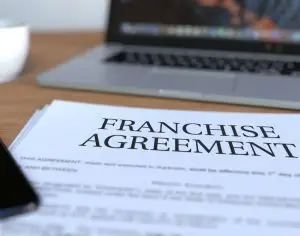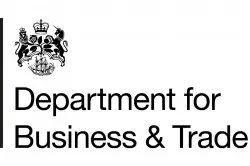Fiona Boswell of Knights PLC outlines how a flexible ‘side letter’ can be used for purposes of clarification and to outline any last-minute alterations made to a franchise agreement.
A side letter is an extremely useful tool for clarifying the terms of a franchise agreement. It often summarises the agreement itself, but uses more user-friendly language, and not simply legal-speak.
Yet the side letter has many other purposes and advantages too. In certain circumstances, where agreed with a franchisor, a side letter may also vary specific terms. Drafting a side letter is often to ensure the enforceability of the agreement document, and to dispel any belief that it may have been drawn up informally.
Assuming both parties intend for the side letter to be binding, then it must satisfy the requirements of offer and acceptance. Its intention is to create legal relations, certainty and consideration. And to increase the likelihood of a court accepting the letter as being enforceable, it is extremely good practice to confirm that the letter is intended to be legally binding.
A side letter can be beneficial for both parties in a franchise agreement. A Franchisee is subject to substantial control from the Franchisor and this is reflected in the specific obligatory provisions included within the agreement.
In some cases, the inclusion of a side letter can be used to assist a Franchisee to negotiate more favourable terms. The side letter can also be beneficial to the Franchisor, as both parties would largely agree to the standard terms of the franchise agreement – without the requirement of any amendments to the original documentation.
With this in mind, the side letter can be used to incorporate a range of provisions that require further attention. When agreements are drawn up, both parties may have negotiated on differing commercial terms to those specified in the franchise agreement. Therefore, side letters may be used to clarify provisions of a franchise agreement which are otherwise unclear.
This would clear up any doubt as to what is required from both parties in the performance of their contractual obligations. For example, the agreement may stipulate that a franchisee will use ‘all reasonable endeavours’ to procure a performance target. A side letter can then elaborate on what this obligation actually means in practice.
When dealing with any last-minute changes, it is often easier to set out the relevant details in a side letter. And the trusted side letter is also an efficient way of documenting any changes that may have been agreed in relation to the Franchisor’s standard terms and conditions.
When completing a transaction, such as a franchise agreement, which may involve some last-minute alterations, it is often easier to produce a single letter documenting what these changes are. Revising documentation can be more time-consuming than creating a more flexible side letter.
Alternatively, the two parties may be unable to resolve any issues within the time frame agreed for completion of documentation. Therefore, they can always agree on including any outstanding issues by way of a sider letter.


































